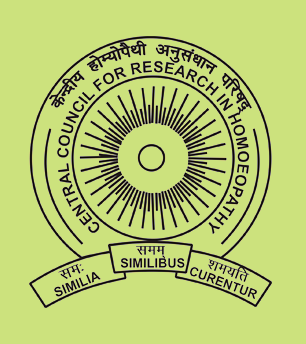Indian Journal of Research in Homoeopathy
Keywords
Cactus grandiflorus (L.) Britton and Rose, Homoeopathy, Pharmacognosy, Physicochemical studies, Phytochemical studies
Article Type
Original Article
Abstract
Background: Cactus grandiflorus (L.) Britton and Rose, Family: Cactaceae is an evergreen shrub with creeping aerial roots, used in Homoeopathy for atheromatous arteries, angina pectoris, and constriction of heart muscles, endocarditis, and heart weakness due to arteriosclerosis. Flowering stems are used in the preparation of medicine. Objective: The pharmacognostic and phytochemical studies are carried out to facilitate identification of correct species and standardized raw materials. Materials and Methods: Pharmacognostic studies of stem of authentic samples of Cactus grandiflorus (L.) Britton and Rose have been carried out according to Trease and Evans, 1983, and Youngken 1959. To determine physicochemical constants, Indian Pharmacopoeia, 1970, was consulted and preliminary phytochemical properties were studied as per methods described by Trease and Evans, 1983. Results: Stem available in segments of variable length and thickness, roundish structure with 5 or 6 ridges and furrows with aerial roots, isodiametric cavities in cortex containing mucilage; aggregates of acicular and rhomboidal calcium oxalate crystals scattered in parenchymatous region are the key identification characteristic. Thin layer chromatography of chloroform extract of mother tincture reveals five spots with blue and violet colors. Conclusion: The macroscopic, microscopic, physicochemical, and phytochemical analysis of the authentic raw material were indicative to establish the standards for ensuring quality and purity of the drug.
Digital Object Identifier
10.4103/0974-7168.188225
Publisher
Wolters Kluwer India Pvt. Ltd.
How to cite this article
Rashmi R, Mishra D. Pharmacognostical and phytochemical evaluation of Cactus grandiflorus (L.) Britton and Rose. Indian J Res Homoeopathy 2016;10:167-171. doi: 10.4103/0974-7168.188225



